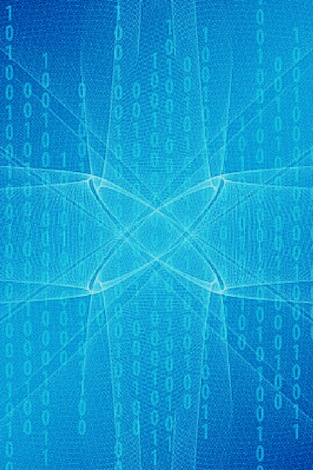A Q&A with a UCIPT Postdoctoral Researcher
Social media enables people to establish multiple anonymous accounts, create virtual relationships, and conduct alternate lives. How have you seen students use or abuse this basic power in your research?
In our recent Freshman 200 study, we did not observe any anonymous accounts because the study was designed to examine whether tweets could be used to predict the real-life behaviors of 200 UCLA freshmen students. However, a recent study investigated the differences between content posted on anonymous (e.g., Secret, Whisper) and non-anonymous social media platforms (e.g., Twitter, Facebook). The investigators found that a large percentage of content posts on anonymous compared with non-anonymous social media platforms were related to confessions, relationships, meet-ups, and Q&A advice. College-educated users and/or older users (35–74 years) were more sensitive to anonymity than users without college education and/or younger users (18–34 years). Linguistic characteristics of the anonymous social media content also seemed to be different from non-anonymous content. For example, Whisper’s content was personal in nature, filled with negative emotions, and expressed wants, needs, and wishes. Understanding the differences between anonymous and non-anonymous content can help researchers build computer science tools that help explain how people use or abuse this aspect of social media.
What are college students most likely to brag about on Twitter? What are they most likely to express jealousy about?
Based on our content analysis of the Freshman 200 study, we found that academic-related tweets (14%) were the most prevalent during the entire semester compared with tweets related to personal health (10%) and social life (7%). Based on a recent study, the most common things people brag about on social media are 1) going on a special trip, 2) attending a memorable event, 3) meeting someone famous, 4) something nice your significant other did, and 5) good work-related news. I am not sure the topics that users are most likely to express jealousy toward, but I have seen users express jealousy over relationships on social media. A recent report by the Pew Research Center states that 27% of teen users say social media makes them feel jealous or unsure about their relationship, with 7% feeling this way “a lot.”
What about high school students? Is there a marked difference?
This is an area of research that we have not extensively studied. There are differences in the types of social media platforms used by high school and university students. I think that the types of content posted on social media will be different as well. This will be an interesting area of future research.
Is it possible to perform sentiment analysis of photos posted on Twitter, or just words? Are there any tools or studies in this area?
Sentiment analysis of photos is a relatively new area of research. A recent study reported that it is possible to conduct sentiment analysis on social media photos using an unsupervised sentiment analysis framework. Based on the paper, the accuracy of the method is about 60%, so more research is needed in this area.
What role does the number of followers a user has, how many people they follow, their active hours, or other traditional Twitter analytics play into user sentiment analysis? Can you help break it down for a lay person?
A recent study that tracked data from 500 active Twitter users over the course of 15 months found that there are many factors that can influence the number of followers a user has. Here are the top 10 things that are good and bad for growing your followers:
- Number of connections in common with potential new followers (good)
- High frequency of others retweeting your tweets (good)
- High frequency of informational tweets (good)
- Too many “broadcast” tweets not directed at anyone in particular (bad)
- Too much negative sentiment in your tweets (bad)
- A detailed profile description or “bio” (good)
- Profile has a URL listed (good)
- “Burstiness” of your tweets, or the peak rate of tweets-per-hour (more is good)
- High ratio of followers to following (good)
- A lot of tweets with positive sentiment (good)

